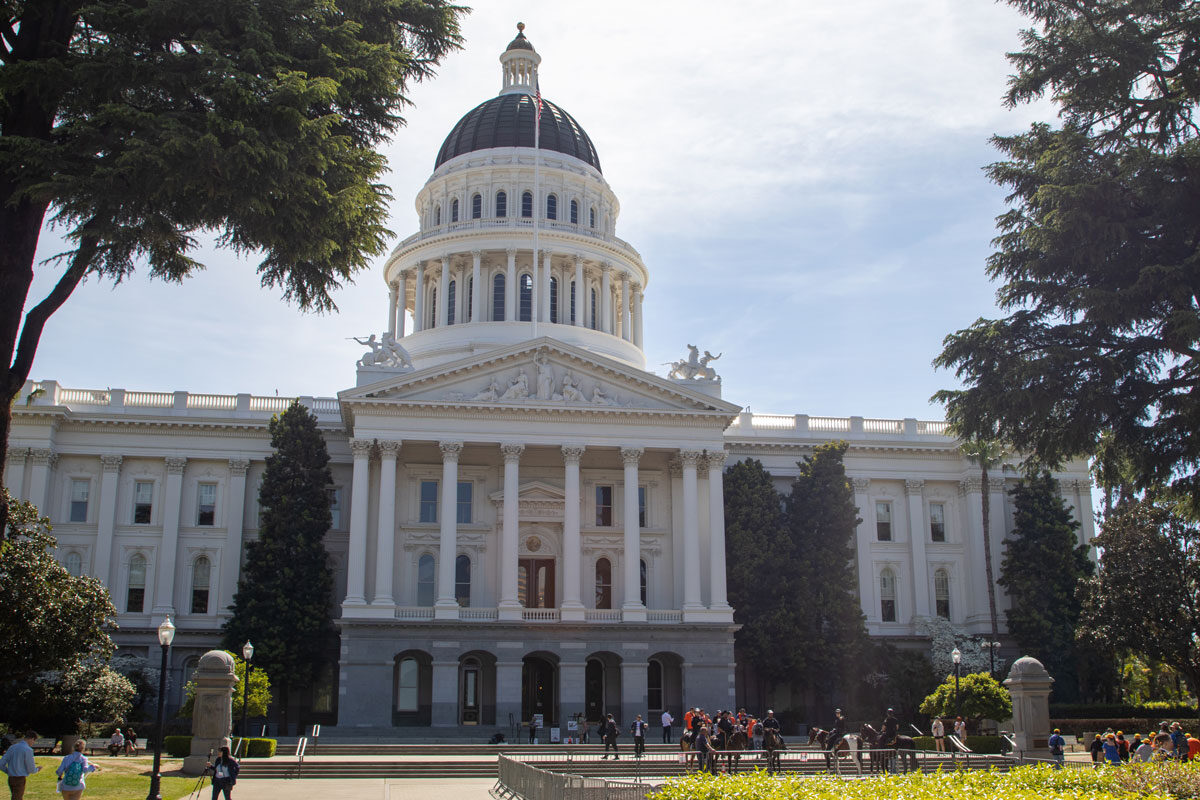Policy Work
CESA has made grid-connected storage a leading focus area for California and beyond. California policymakers now understand the tremendous role energy storage can play to optimize the electric power system.

CESA policy work is steeped in the following principles:
- CESA supports and advances all forms of energy storage
- CESA supports and actively helps promote a competitive and transparent marketplace
- CESA supports and actively practices collaborative, constructive engagement with all stakeholders, and in particular, key energy storage champions
CESA Delivers Top-Tier Stakeholder Engagement
To execute our mission, CESA ensures that member interests are represented
and appropriately considered in the key forums shaping California’s electric grid:
CESA Policy and Regulatory Activity
CESA engages across California’s major regulatory forums to advance safe, reliable, and market-enabling pathways for energy storage. Explore our latest filings—organized by key topic areas—to see how CESA is shaping policy and supporting California’s clean energy transition.
Filings are organized into four core areas that reflect CESA’s ongoing regulatory engagement: CAISO market design and operations, Resource Adequacy, Integrated Resource Planning, and Distributed Energy Resources.
California ISO (CAISO)
- November 26, 2025 - Storage Design and Modeling Comments
- November 13, 2025 - 2026-2029 Draft Roadmap
- October 13, 2025 - Storage Design and Modeling Comments - Working Group
- September 22, 2025 - Congestion Revenue Rights Enhancements WG 7
- September 19, 2025 - Price Formation Enhancements: BAA-Level MPM and Scarcity Pricing
- September 5, 2025 - Storage Design and Modeling Comments - Working Group
- August 12, 2025 - Storage Design and Modeling - CESA Presentation
- July 16, 2025 - Storage Design and Modeling Comments
- June 11, 2025 - Storage Design and Modeling Comments
- May 23, 2025 - Storage Design and Modeling - Outage
- May 13, 2025 - Storage Design and Modeling - Flexible Ramping Product SOC BMP Changes
Resource Adequacy (RA)
- November 18, 2025 - Informal Comments on the RA Workshop
- November 14, 2025 - OIR Reply Comments
- October 31, 2025 - Motion for Party Status
- September 24, 2025 - CAISO RAMPD Initiative: Comments on Track 1 DFP Revision
- September 19, 2025 - CAISO RAMPD Initiative: Comments on Track 2 Straw Proposal
- September 12, 2025 - CAISO RAMPD Initiative: Comments on Track 1 Draft Final Proposal
- August 12, 2025 - CAISO PRR 1634 Response To Reply: Plant Trouble Outage Card Definition
- July 16, 2025 - CAISO PRR 1634: Plant Trouble Outage Card Definition
- June 25, 2025 - CAISO RAMPD Initiative: Comments on Track 1 Straw Proposal
- March 17, 2025 - R2310011 Track 3 Reply Comments
Integrated Resource Planning (IRP)
- October 31, 2025 - R.25-06-019 Reply Comments on TPP / Additional Procurement
- October 22, 2025 - R.25-06-019 Opening Comments on TPP / Additional Procurement
- August 5, 2025 - R.20-05-003 RCPPP Reply Comments
- August 5, 2025 - R.20-05-003 Response to ACP-CA Motion for Expedited Procurement
- August 4, 2025 - R.25-06-019 Motion for Party Status
- July 15, 2025 - R.20-05-003 RCPPP Comments
Distributed Energy Resources (DER)
- November 13, 2025 - R.25-09-004 Opening Comments on CPUC's OIR to Enhance Demand Response
- October 20, 2025 - R.25-08-004 Comments on CPUC's OIR to Update Distribution Level
- August 18, 2025 - Answer filed in support of SDCP/CEA's Motion regarding CAISO’s proposed tariff revisions including problematic removal of the Independet Study Process
- July 3, 2025 - Response to CALSSA's PFM to REMOVE NEM/NBTStorage Sizing Limit
- May 8, 2025 - Response to PFM on SGIP Requirements
- April 25, 2025 - Comments on CAISO's DDEMI Initiative
- March 28, 2025 - DDEMI Comments
Advocacy That Yields Results
Grow
CESA secured a 2 GW long-duration energy storage (LDES) procurement order from the CPUC, facilitating the Department of Water Resources’ central procurement. The CPUC also authorized investor-owned utilities to procure their share of the 3.8 GW of LDES needed by 2035.
CESA organized a webinar for LDES members, attracting 240 attendees from the California Community Choice Association and California Municipal Utilities Association, showcasing industry collaboration and innovation.
Work
CESA has established grid-connected storage as a primary focus for policy development in California and beyond. Through continuous engagement with policymakers, CESA ensures that the critical role of energy storage in optimizing the electric power system is widely recognized and understood.
Advocate
CESA successfully advocated for the removal of the $1K bid cap on energy storage resources at CAISO, allowing bidding up to the market cap of $2K.
The CPUC also removed the artificial “deficiency” for resource adequacy resources achieving COD after the 45-day filing window, enhancing operational efficiency for energy storage.
Shape
CESA promotes improvements to market participation and modeling of energy storage resources within CAISO’s Energy Storage Enhancements (ESE) initiative, advocating for efficient pricing and optimization of storage assets.
In addition, CESA represents the industry to resist local moratoriums and restrictions on Battery Energy Storage System (BESS) development, fostering a supportive regulatory environment.
